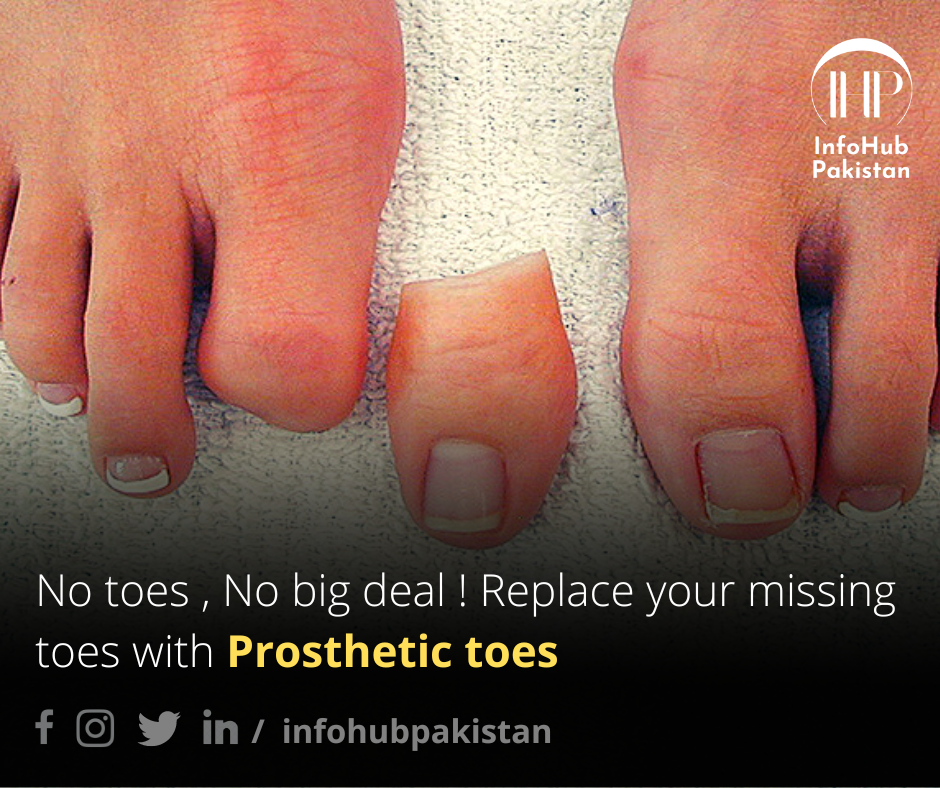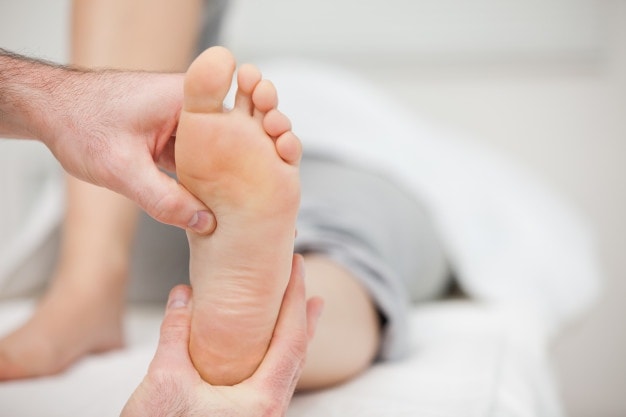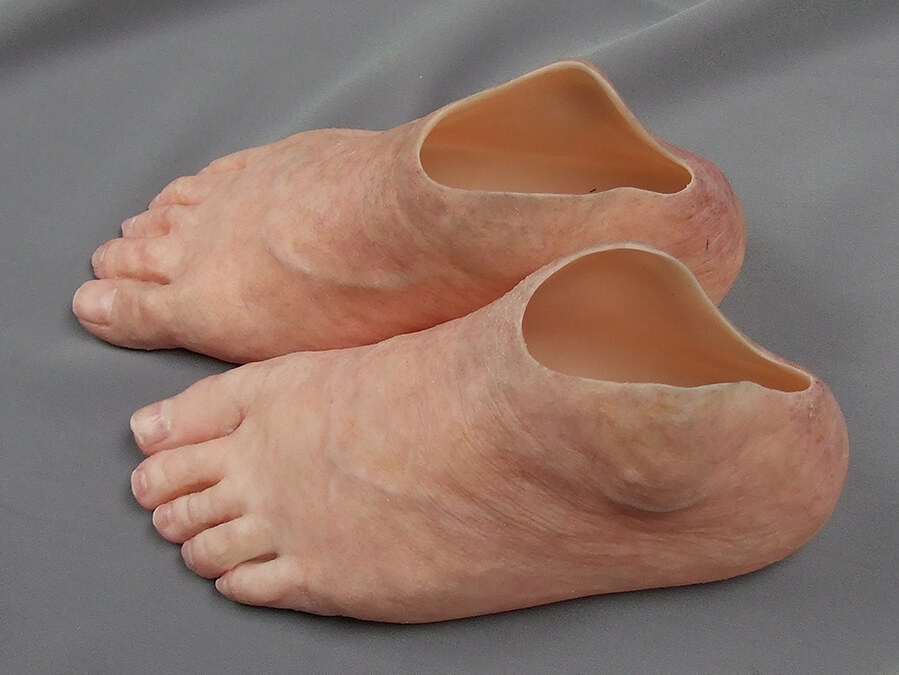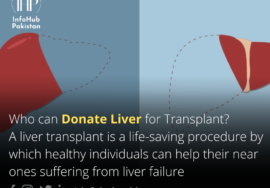
No toes , No big deal ! Replace your missing toes with Prosthetic toes ( Artificial Toes)
Losing one or more toes doesn’t mean you won’t be able to walk or even run again. However, this will adversely affect your balance and stability, and possibly alter the biomechanics of your gait. Losing one or more toes will make your walking and running gait less efficient in general, resulting in a slower and choppier stride, although this can be compensated for with prosthetic toes (artificial toes) and physical therapy.
Can you get prosthetic toes?
Yes! You can get prosthetic toes for your amputed toe. What is an amputed toe? Amputation is the surgical removal of any part of the body such as a finger, toe, hand, foot, arm or leg. It can be a life-changing experience that affects your ability to move, work, communicate with others and maintain your independence. Prosthetic toes serves as a functional and cosmetic replacement for the missing foot area.
What are Prosthetic toes made of?
Prosthetic feet can be made from wood, rubber, urethane, titanium, fibre glass and carbon fibre. They can be lightweight, energy-storing, or dynamic and allow some heel height adjustment. All prosthetic feet should provide passive plantar flexion in the early stance, neutral position in the mid stance, and foot hyperextension in the late stance.
Why are prosthetic toes needed?
Prosthetic toes may be needed for:
- Congenital or congenital differences; such as brachy metatarsia (abnormally short toe), amniotic band syndrome, or symbrachydactyly (absence of toes at birth)
- A disease such as diabetes or scleroderma resulting in a toe amputation.
- Traumatic injury – work-related damages, burns, or other trauma
- Surgery – amputation of toe due to removal of cancer or tumour
What is amputation and what are types of amputation?
The loss or removal of a limb such as a finger, toe, hand, foot, arm or leg. It can be a life-changing skill that affects your ability to walk, work, work with others and maintain your independence. Persistent pain, hallucinations, and emotional trauma will complicate recovery.
There are several possible types of diabetic amputations. Listed below are the most common:
- Partial or entire toe
- Multiple toes
- Single or multiple toe metatarsal (e.g. the entire fifth toe and fifth metatarsal)
- Associated metatarsal (either the entire metatarsal or partial)
- Transmetatarsal amputation
Why would a toe need to be amputated?
In some cases, diabetes will result in peripheral artery disease (PAD). PAD causes your blood vessels to contract and reduces blood flow to your legs and feet. It can also cause nerve injury, called peripheral neuropathy. This can prevent you from feeling pain.
If you can’t feel the pain, you may not realize you have an aching or ulcer on your foot. You can continue to put pressure on the affected area, which can cause it to grow and become infected. Decreased blood flow can slow wound healing. It can also build your body less effective at fighting infection. As a result, your wound may not recover. Tissue damage or death (gangrene) can occur, and any existing infection can extend to your bone.

Amputation may be necessary if infection cannot be prevented or damage is irreversible. The most common amputations in people with diabetes are the fingers, feet, and lower legs.
Toe amputation may be necessary for a number of other common reasons, including after an accident, trauma or injury, decreased blood supply to the toe due to a medical condition, systemic diseases such as high blood pressure and diabetes, and foot infection when antibiotics are used. not working The method of amputation and the level of amputation depend on the extent of the disease and anatomy.
Points to consider to apmutate the toe
If you had to amputate your toe, the below toe amputation forum lists some important considerations:
Effect of toes on balance:
Your toes provide balance and support while walking. Chances are, losing one or more toes can affect your balance. Missing any of the three middle toes can significantly affect your gait.
Recovery and Rehabilitation:
After surgery, the pain will improve significantly after one week. As for the swelling, it may take about a month to go down. You may need to wear special shoes for about two weeks. Throughout the procedure, you need to follow your doctor’s advice regarding the care of your bandages and the surgery area. Soon, you will start walking again and you may feel an affected sense of balance, but this will improve in time.
Toe prostheses:
You may need to use prosthetic toes if your balance is still intact after rehabilitation. When it comes to a cosmetic replacement for your toe, there are prosthetic options available in the market. It can be tightened as needed to give you extra support and balance while walking.
Silicone toe prosthesis:
Prosthetic toes or foot serves as a functional and cosmetic replacement for the missing foot area. Cosmetic prosthetic toes are comfortable, custom-made toes used in cases of amputation. It is made of flexible silicone, which precisely adapts to the conditions of the individual stump. Silicone can be used successfully with almost any type of foot deformity. These products come in different colours and sizes.
Silicone Partial Foot Prosthesis:

Your silicone foot prosthesis is not intended to be worn barefoot. Prostheses require shoes or sandals to provide additional support and protect the foot and prosthesis from damage.
The loss of even one toe, especially a severe amputation of the toes, affects gait and balance and can lead to foot, knee, and hip pain. Custom prosthetic toes can help maintain the normal position of the rest of the toes and improve your gait and comfort by restoring normal toe length.
What is Partial foot amputation prosthesis?
There are several different types of partial foot prosthetics which are:
Chopart Amputations– these are transtarsal amputations that maintain the talus and calcaneus. The Chopart joint or the transverse tarsal joint, and amputation at this point keeps plantar flexors but sacrifices the dorsiflexor.
Lisfranc amputations– this is when the amputation removes the metatarsals while maintaining the plantar flexors and dorsiflexors muscles and their attachments
Transmetatarsal amputations (TMA) remove all or part of the forefoot, including the metatarsal bones, or the five long bones between the toes and ankles.
Toe amputations– commonly of the more fantastic toe or the second toe, can be full or partial removals of the toes. Amputation of the more significant toe causes loss in biomechanical function of the foot during the gait, such as propulsion and balance
If you are a partial-foot amputee, below are some of the things to expect:
Amputation Considerations:
The first step is for your surgeon to determine how much of your foot should be amputated. The process also involves determining how much bone can still be preserved while providing a cushion for the prosthesis. Also, how residual muscle, skin and nerves affect the quality of life and how balance and gait can be preserved while walking. Ultimately, this will result in better balance or more comfortable prosthetic options after surgery.
Rehabilitation:
After surgery, the rehabilitation process and rehabilitation site will be determined. First, you will have regular appointments with your doctor to change the dressing and monitor your healing progress. Second, you will be given medications for pain and to fight infection. After the wound heals, a rehabilitation program will begin.
In other words, rehabilitation is designed to help you adjust to the prosthetic toes and learn how to move around when you’re not wearing it. First, you’ll start with a temporary prosthesis, before moving on to a permanent prosthesis once the residual limb has healed (usually within six months to a year). Second, you have to move forward to walk without support. Before you know it, you’ll be able to do normal daily activities like walking, driving, and wearing traditional shoes.
Partial Foot Prosthetics and Shoes:
When it arrives to partial foot prosthetics and shoes, they are usually custom-made. The goal is to fit your residual foot and provide the support you’re missing from amputation.
Transmetatarsal Amputation Artificial:
What does transmetatarsal amputation mean? It is a condition in which one or more abnormally short or overlapping toe bones (metatarsals) are present. This condition can be caused by a birth defect or it can be an acquired condition. In contrast, patients with more proximal partial foot amputations, such as transmetatarsal amputations (TMA), Lisfranc or Chopart amputations, will require more robust functional bracing through prostheses that incorporate a wider socket. Encircle the lower leg and the rest of the foot, restricting the ankle. Movement These devices are commonly known as “above-the-ankle” devices.
FAQ
How long is recovery from toe amputation?
After you undergo amputation surgery to remove one or more of your toes you’ll feel some pain. For most people, pain enhances within a week after surgery. You may need stitches or stitches. The doctor will probably remove it about 10 days after surgery. You may need to wear a cast or a special shoe for about 2 to 4 weeks.
You may think you have a feeling or pain where your foot was. This is called phantom pain. This is normal, and it can last for a year or more. It can take up to two months for toe amputation to fully heal.
How much does a toe amputation cost?
The prosthetic toes cost is different in different regions and hospitals. Given the user’s body weight and size, researchers can tune the shape and stiffness of the Prosthetic toe such that the user’s gait is more similar to a physical gait. The cost depends upon the mass and size of the toe or foot. However, the average prosthetic big toe cost or toe amputation cost can range from $2,796 to $7916
What are the risks of amputation?
As with any surgery, having an amputation carries a risk of complications, the most common of which are:
- Oedema
- Muscle weakness and contractures
- Joint instability
- Autonomic dysfunction
- Osseointegration specific complications
- Tissue death
- Blood clot in the deep veins in the limb or in the lung
- Heart problems such as heart attack
- Deep vein thrombosis (DVT)
- Slow wound healing and wound infection
- Pneumonia
- Stump and “phantom limb” pain
How do you care for a toe amputation?
- Keep the wounded area clean by washing it daily with soft soap and warm water.
- Dry the area thoroughly after washing.
- Take your medicine as directed
- Use assistive devices as directed to take pressure off the wound while it heals
- Cover the wound with a bandage or dressing.
- Do not use any perfumed lotions or alcohol-based products on the skin.
- Check daily for signs of infection or other abnormalities..
- Eat a healthy diet and maintain healthy blood glucose levels to promote healing.
- Contact your doctor if you feel any pain, the wound is bleeding or your stitches come apart
Can you walk with an amputated big toe?
The big toe plays an important role in your ability to maintain static and dynamic balance, absorbing 40 per cent of the force when performing any activity. Will not come what you want to do. Losing your big toe will usually make your walking and running gait less efficient, resulting in a slower and faster gait, although this can be compensated for with prosthetic toes and physical therapy.








